 This week’s critical play focused on the walking sim Journey by thatgamecompany. It was originally released on PlayStation 3 in 2012 so it was originally designed to be played with a controller. I used my Nintendo Switch Pro controller on my laptop and purchased a copy of Journey via Steam. Journey, like most walking sims I am familiar with, target people who want a game they are invested in but require low skill level and active effort to play. The target audience enjoys the narrative, art and music shared throughout the experience more so than the actual mechanics of playing.
This week’s critical play focused on the walking sim Journey by thatgamecompany. It was originally released on PlayStation 3 in 2012 so it was originally designed to be played with a controller. I used my Nintendo Switch Pro controller on my laptop and purchased a copy of Journey via Steam. Journey, like most walking sims I am familiar with, target people who want a game they are invested in but require low skill level and active effort to play. The target audience enjoys the narrative, art and music shared throughout the experience more so than the actual mechanics of playing.
In Journey, there are no instructions other than in the first “level” where it teaches you how to use your ability and how to “fly.”

Sometimes a “companion” will appear and help guide you to the next destination for the story line, but they don’t push you too and will even follow you around for a bit. The companion is a brilliant way to implement a non-pushy “hint system” that will aid the soon-to-be frustrated player who wants to follow the story line and will not annoy the curious player who wants to explore. The companion also brings a sense of playfulness and companionship in the sparse world. Another “hint system” employed is the artistic usage of light to spotlight the next place the user should head to.
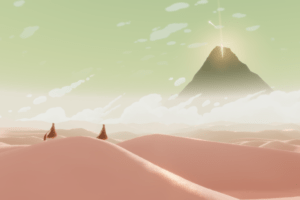


In Journey and many other walking sims, is the inability to “die” and there are no complex barriers or puzzles preventing the user from going onto the next level. It is the ultimate way to maximize the a user’s ability to experience fun through discovery. All they need to do is continue to follow the path and they will be let through for the most part. Although the user can not “die” within the game, there is still excitement and a sense of victory/urgency invoked with how the developers implemented the bone dragon enemy. You can’t die but…
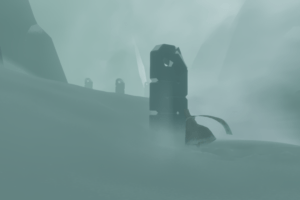

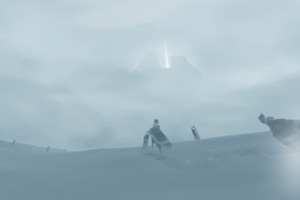
If the bone dragon notices you, then it will attack you which will result in losing your scarf pieces and being able to “fly”/jump shorter distances. This stake allows the user to experience fun through challenge.
Journey also does an amazing job of implementing fun through sensation despite being a video game. The game uses the controllers ability to vibrate to cause the user to experience the terrain and weather conditions alongside the main character. It utilizes music to set the mood. It features beautiful art to deliver the narrative. Journey is a great example of using different colorways and tones to deliver mood and shifts in the game’s world.
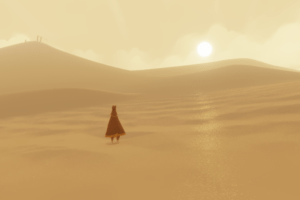
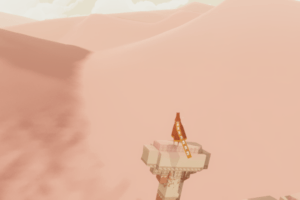

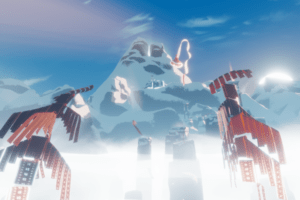
Journey is a perfect example of how games (walking simulators specifically) can serve as powerful story telling devices without the need for words. A huge part of the fun is allowing the player to tune into the music, art, and the world surrounding them to figure out their next steps without any distractions as they simply just walk! The only change I would make to Journey is to create more opportunities to grow your scarf, and add more places to explore and items to see there to increase the discovery fun as you walk/fly around. To appeal more to the completionist player type, I would also add a tracker that will help the player know how much more is left to collect and walk around.



